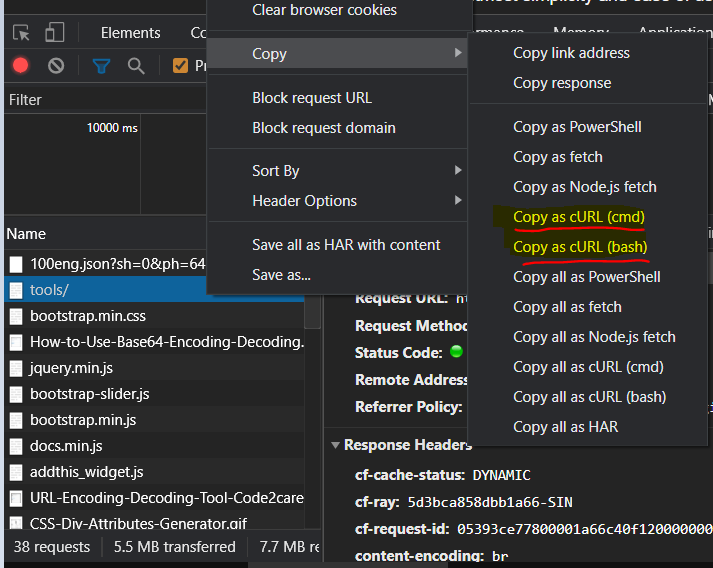Curl Url

This curl recipe shows you how to construct query strings for your GET requests. This is done via the -G command line argument in combination with the -d or --data-urlencode arguments. The -G argument will append the data specified in -d and --data-urlencode arguments at the end of the request URL, joining all data pieces with the & character and separating them from the URL with the ? character.
Construct Two Query Arguments

I'm trying to use curl in bash to download a webpage, but the & symbol in the URL isn't interpreted as a character as I would like. Any ideas on how I can convince bash that the symbol & is. From curl doc: Note that the name part (msg in this case) is expected to be URL-encoded already. Also you can specify something like -request DELETE and it would indeed be a delete method instead of a GET.

In this recipe, we let curl construct the query string and the final request URL for us. This recipe uses the -G option and the -d option twice that creates two query arguments. Curl joins them together like this q=kitties&count=20 and appends this string at the end of the https://google.com/search request URL, and makes a GET request to https://google.com/search?q=kitties&count=20. Be careful – if you forget the -G argument, then curl will make a POST request instead!
URL-encode a Query Argument
This recipe uses the --data-urlencode argument. It works similar to the -d argument but curl also URL-encodes the value. In this recipe, the comment gets URL-encoded to this%20cookbook%20is%20awesome and the GET request goes to https://catonmat.net?comment=this%20cookbook%20is%20awesome.
Created by Browserling
These curl recipes were written down by me and my team at Browserling. We use recipes like this every day to get things done and improve our product. Browserling itself is an online cross-browser testing service powered by alien technology. Check it out!
Secret message: If you love my curl recipe, then I love you, too! Use coupon code CURLLING to get a discount at my company.
I love playing around with cURL. There's something about loading websites via command line that makes me feel like some type of smug hacker, just like tweeting from command line does.
I recently cURL'd the Google homepage and saw the following:
Curl Urlencoded
I found it weird that Google does the initial redirect but I still want to get the source of the Google homepage with cURL, as with any site that may do a redirect without you noticing. Luckily it's just a single flag:
Curl Url Post
The -L flag instructs cURL to follow any redirect so that you reach the eventual endpoint. Those tiny redirects are just noise anyways, right?

